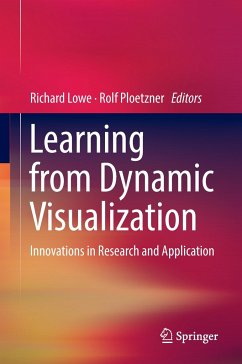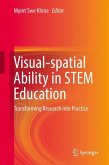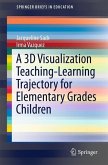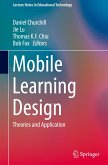This volume tackles issues arising from today's high reliance on learning from visualizations in general and dynamic visualizations in particular at all levels of education. It reflects recent changes in educational practice through which text no longer occupies its traditionally dominant role as the prime means of presenting to-be-learned information to learners. Specifically, the book targets the dynamic visual components of multimedia educational resources and singles out how they can influence learning in their own right. It aims to help bridge the increasing gap between pervasive adoption of dynamic visualizations in educational practice and our limited understanding of the role that these representations can play in learning.
The volume has recruited international leaders in the field to provide diverse perspectives on the dynamic visualizations and learning. It is the first comprehensive book on the topic that brings together contributions from both renowned researchersand expert practitioners. Rather than aiming to present a broad general overview of the field, it focuses on innovative work that is at the cutting edge.
As well as further developing and complementing existing approaches, the contributions emphasize fresh ideas that may challenge existing orthodoxies and point towards future directions for the field. They seek to stimulate further new developments in the design and use of dynamic visualizations for learning as well as the rigorous, systematic investigation of their educational effectiveness.
The volume has recruited international leaders in the field to provide diverse perspectives on the dynamic visualizations and learning. It is the first comprehensive book on the topic that brings together contributions from both renowned researchersand expert practitioners. Rather than aiming to present a broad general overview of the field, it focuses on innovative work that is at the cutting edge.
As well as further developing and complementing existing approaches, the contributions emphasize fresh ideas that may challenge existing orthodoxies and point towards future directions for the field. They seek to stimulate further new developments in the design and use of dynamic visualizations for learning as well as the rigorous, systematic investigation of their educational effectiveness.








